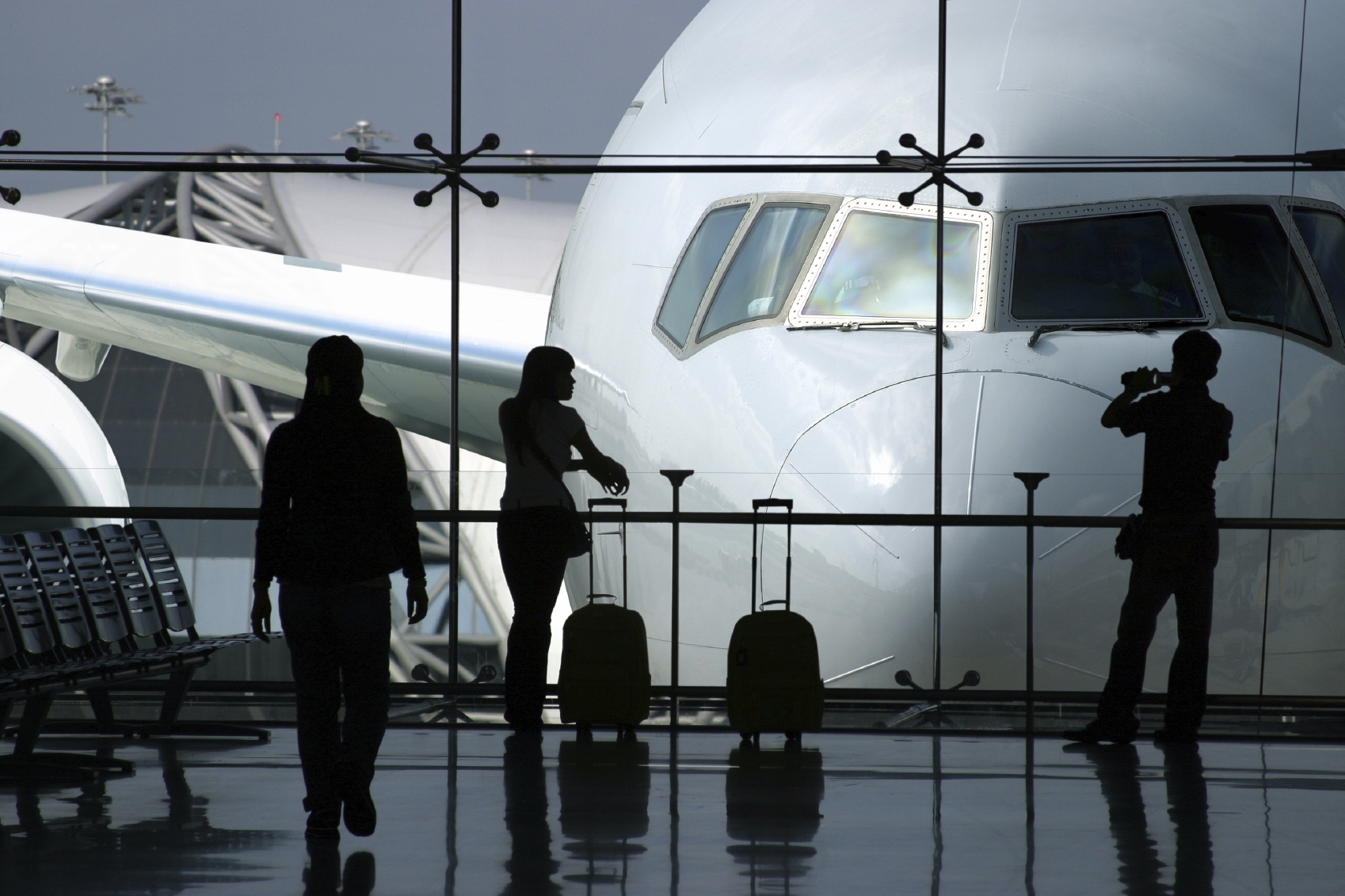Medical personnel need to be notified quickly in case of an accident. Security guards must be able to respond and react to any potential threat as swiftly as possible. Other, daily issues such as reuniting lost children with their parents, locating missing luggage and the inspection of imported goods, must also be dealt with in a clear and professional manner.
Without areliable network of two-way radios, the entire daily operation of any airport would be next to impossible.
Today, most modern airports have switched from having individual radio networks specific to each company, to the employment of more integrated solutions. In 2000, the engineering firm Arup was employed by BAA to make these changes possible at Heathrow, specifically in Terminal 5. According to the firm’s official website,
“Previously at Heathrow, individual mobile operators had installed their own infrastructure, resulting in duplication and proliferation of infrastructure across the airport, standards of installation that varied, unreliable records, and unsightly clutter to the terminal landscapeâ€.
Eventually, the site continues,
“It was jointly agreed by BAA and Arup that the most appropriate solution for the new terminal was common infrastructure that could be shared by multiple partiesâ€.
The changes at Terminal 5 proved to be a success. These days, most airports follow this model of radio communication. The benefits are enormous. Airports are running smoother than ever thanks to improved cross communication between individuals and departments (everything from catering, flight and cabin crew to cleaning staff, border controls and freight handling).

Two-way radios are superior to mobile phones for these tasks because they are instant. Also, there are very few lapses in signal and they are sturdy enough for use in almost any environment.
Think of your mobile: if you came upon an accident right now and you wanted to call somebody and report it, you would be dependent on a multitude of factors, wouldn’t you? Do you have signal? Do you have credit? Will they even pick up the phone at their end? However, a two-way radio eliminates most of these problems. The operator simply presses the button to talk and awaits the reply. Easy.
Two-way radios cover a large area, can be used on secure channels and are cost effective solutions to communications challenges presented by organizations such as Heathrow.
The benefits of a two-way radio system have been well known for a long time, it is a system used by police, the armed forces, building contractors, security firms and, of course, cab drivers, the world over. Plus, the technology isn’t upgraded too often, so there’s not much risk of your purchase becoming obsolete by the time you put down your deposit.
In a very real sense, airports would struggle to complete one outgoing flight a day without two-way radio technology.
you can find more information from this website here
No comments:
Post a Comment